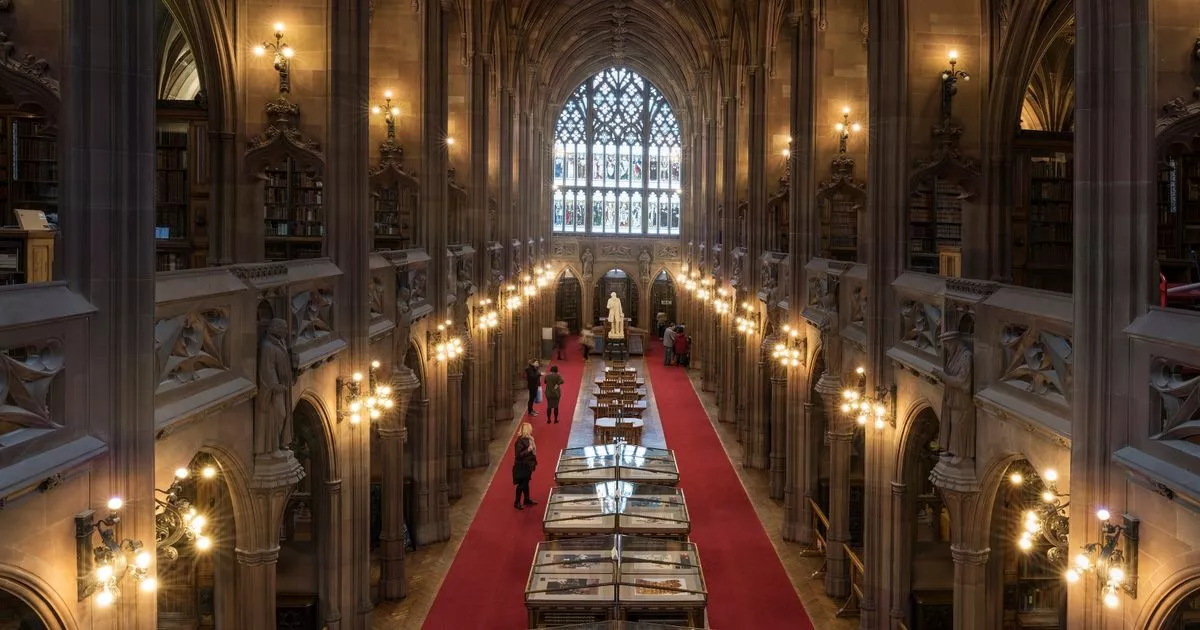The collection features parchment signed by the Tudor Queen, Hebrew bibles, notes from Joy Division’s manager, and drag queen posters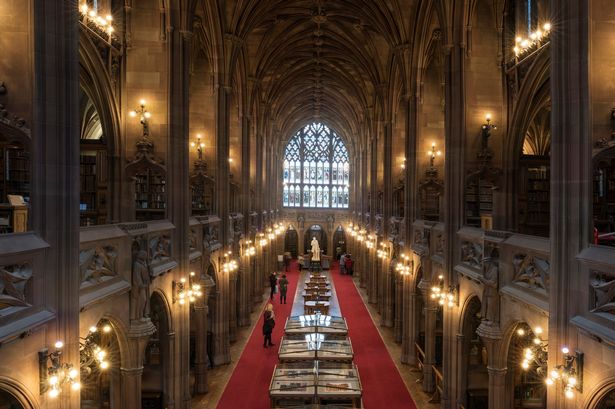 John Rylands Library, which has been described as Manchester’s answer to Hogwarts, reopens this week with two collection spaces(Image: The University of Manchester)
John Rylands Library, which has been described as Manchester’s answer to Hogwarts, reopens this week with two collection spaces(Image: The University of Manchester)
When John Rylands Library opened its doors for the first time on January 1, 1900 – after ten years of construction – it featured a vast collection of more than 70,000 books and manuscripts – including many rarities.
Now, 125 years after first opening, the beloved Grade I-listed library is home to more than 300,000 items spanning five millennia. The Deansgate library’s collection is so vast that many of its historical artefacts have still never even been put on public display before.
Having recently undergone a 15-month refurbishment costing £7.6m to update the space for future use, the library’s galleries will reopen this week with two new collections featuring items as varied as a parchment roll signed by Queen Elizabeth I, a 14th-century trilingual Qur’an manuscript and original handwritten lyrics from the Pet Shop Boys.
On Thursday (May 15), the Collections Gallery will house 40 remarkable objects that showcase the depth of the Library’s special collections, including Shakespeare’s First Folio, Elizabeth Gaskell’s inkstand, and an 1848 map of Mount Fuji by Japanese artist Hashimoto Sadahide.
Next door, the newly-revamped Special Exhibitions Gallery will, until November, host The Secret Public: LGBTQ+ Pop 1955-1985 – a collection of LGBTQ+ pop culture from around the world, including Gay Power magazine covers, David Bowie photos, Sylvester vinyl’s, and those special handwritten Pet Shop Boys lyric sheets.
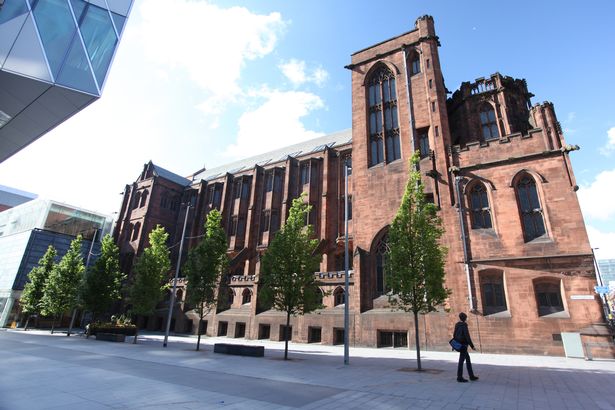 John Rylands Library first opened in Manchester on 1900(Image: The University of Manchester)
John Rylands Library first opened in Manchester on 1900(Image: The University of Manchester)
Elizabeth Gow, Special Collections Manuscript Curator and Archivist, said deciding on the ‘monumental’ work chosen on display at The Collections Gallery was a tough job but a role that they took seriously.
“We couldn’t get everything out, but we got a team of curators together and looked at which of the things we wanted to display that we haven’t been able to display before,” she explained. “It’s sort of telling a story but also showing off the breadth and riches of the collection. We do really have some really stunning items here.”
The collection includes early Hebrew bibles, a clay cylinder from King Nebuchadnezzar’s temple, and hand-written autobiographical notes dating back to between 1785 and 1815 by Mary Bosanquet Fletcher, who is hailed as one of the first female Methodist preachers.
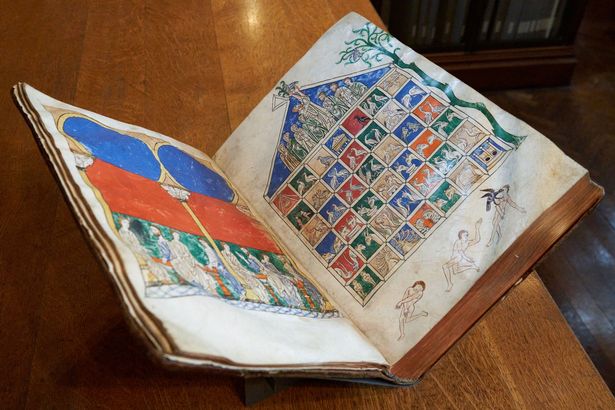 The 12th-century Beatus super Apocalypsim, otherwise known as the Rylands Beatus(Image: The University of Manchester)
The 12th-century Beatus super Apocalypsim, otherwise known as the Rylands Beatus(Image: The University of Manchester)
There are also documents outlining the accounts for the Peterloo relief fund, notes on programming by Alan Turing in the late 1940s, and a notebook handwritten by Joy Division’s manager Rob Gretton.
Objects on display will change every six months, as part of efforts not only to care for the historical items, but to showcase the variety of items that form part of the library’s collection since it opened 125 years ago by Enriqueta Rylands.
Opened in memory of Enriqueta’s husband and philanthropist John Rylands, she spent around £1 million at the time on the space ‘for the people of Manchester’. Now forming part of The University of Manchester Library, it is the third largest academic library in the country. It has even been hailed by Harry Potter fans as ‘something out of Hogwarts’.
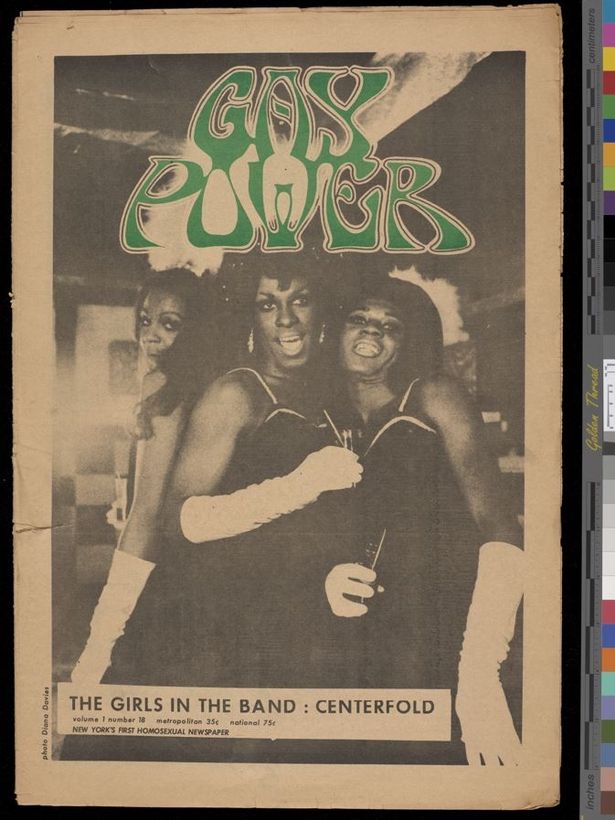 Gay Power Vol1 Number 18, 1970, with a cover photograph by Diana Davies(Image: The, University of Manchester)
Gay Power Vol1 Number 18, 1970, with a cover photograph by Diana Davies(Image: The, University of Manchester)
“Lots of these things wouldn’t have really belonged to people like us,” curator Elizabeth adds. “Some of these were owned by royalty or religious leaders, but we’re hoping that people like us can visit the library, see these things and be just as awestruck by them as we are.”
Meanwhile, The Secret Public: LGBTQ Pop 1955-1985 exhibition features a treasure trove of items from the personal archives of Jon Savage, author and Professor of Popular Culture, and The University of Manchester’s British Pop Archive.
Amongst the items on display are posters of American drag queen Divine and copies of The Ladder, which was the first nationally distributed lesbian publication in the United States. There’s even a signed Hunky Dory album print from David Bowie, which Joy Division star Ian Curtis got signed after meeting him as a teenager.
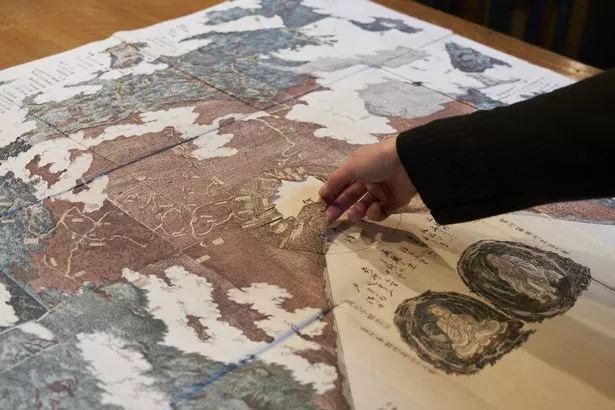 The complete map of the true shape of Mount Fuji by Japanese artist Hashimoto Sadahide, dated 1848(Image: The, University of Manchester)
The complete map of the true shape of Mount Fuji by Japanese artist Hashimoto Sadahide, dated 1848(Image: The, University of Manchester)
“I wanted to show exactly how LGBTQ+ people were very influential in popular culture,” Jon said of the exhibition. “Although it was public knowledge to the music and media industry, it was all sort of this big secret.
“It makes the point that LGBTQ+ people were, and remain, part of the public and are not separate from everybody else, which is what some might like us to be.”
The collection features magazine prints and photos from the likes of James Dean, Dusty Springfield and Christine Jorgensen as it ventures through eras and decades of music. “It’s really a sort of a celebration of these figures and their importance and their bravery, particularly at a time when homosexuality was illegal,” Mat Bancroft, Curator of the British Pop Archive, explains.
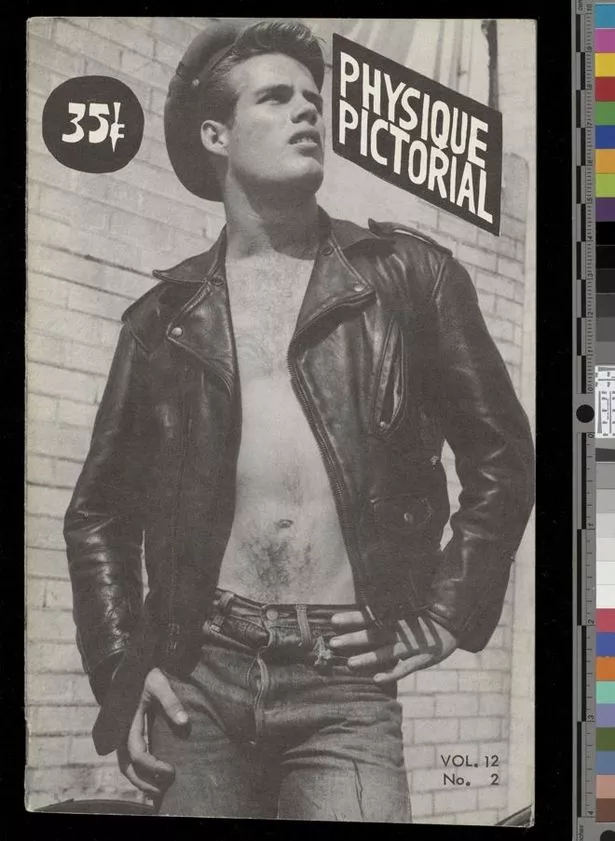 Physique Pictorial Vol 12 Number 2, 1962 features in the The Secret Public: LGBTQ Pop 1955-1985 exhibition(Image: Bob Mizer Foundation and The University of Manchester)
Physique Pictorial Vol 12 Number 2, 1962 features in the The Secret Public: LGBTQ Pop 1955-1985 exhibition(Image: Bob Mizer Foundation and The University of Manchester)
“There’s quite a few items in here that have never been seen before. The extent of the archives are much bigger than what we’ve got on display – we could do four similar exhibitions with the total archive.”
For the team behind both galleries, they believe there is a running thread through them both which can connect them to each other – and that’s the need to preserve them, honour their history and secure them for future generations to observe and learn from.
“The objects [in The Secret Public] should be seen in a similar way to the items seen in the Collections Gallery,” Mat explains. “We have to consider all items as historically important because, if we don’t, then they won’t be here in 500 years or 1,000 years time.”
John Rylands Library is on 150 Deansgate, Manchester M3 3EH. Free entry, open from Wednesday-Saturday, 10am-5pm (last entry at 4.40pm).
